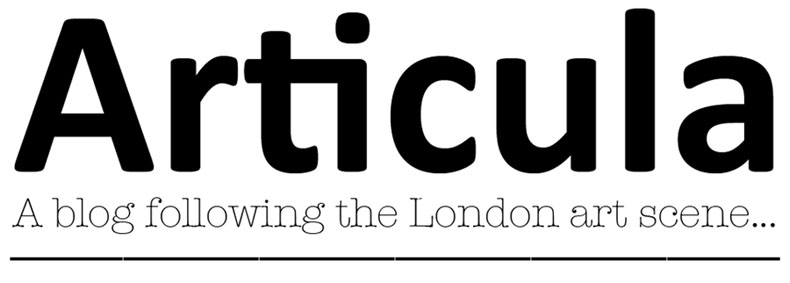Camden Arts Centre
Arkwright Road, London
http://www.camdenartscentre.org
Artists include: Angela Allen, Gill Eatherley, Louisa Fairclough, Steve Farrer, Nicky Hamlyn, Emma Hart, Dan Hays, Denise Hawrysio, Neil Henderson, Malcolm Le Grice, Lynn Loo, Rob Mullender, Annabel Nicolson, Simon Payne, William Raban, Lucy Reynolds, Guy Sherwin, Chris Welsby
On yet another grey and sprinkling-wet London day, in the quiet that descends after the rush and gluttony of Christmas, it was time again to look at some art. Enough with the sentimentalism of carols, the rich reds of poinsettias and the spiky greens of pine trees, and enough with the brash metallics of wrapping paper!

Coming to the Camden Arts Centre to see this exhibition felt like a cleanse for the visual and emotional palette of ‘the season’. And what a pleasant afternoon. The gallery is calm, full of white walls, blonde wooden floors and arched ceilings. The exhibition is so empty that the one guard who’s there ends up following me and my friend around into each room (we were perhaps too well supervised!), turning on various pieces, even offering some information when asked.
Film in Space centres around the expanded cinema movement of the 1970s, when the selector, Guy Sherwin, started making films. Artists then were experimenting with analogue media to create works that were outside of the mainstream. And this exhibition combines many of these pieces with new works that use both film and digital techniques. It also attempts to capture the performative nature of much of this work, with a screening room showing footage of events involving projection and sound from the 1970s and more recently.
 |
| Guy Sherwin, Paper Landscape (1975-), super-8 film, transparent screen, white paint, performer |
 |
| Installation view with Stephen Farrer's Ten Drawings (centre) |
It seems like an obvious enough thing to comment on, but everything is in constant movement - flashing, springing into action with the touch of a button, motors clicking and wheezing away. The physical apparatus of projecting the film feels at least a large part of encountering the work. Projectors sit on carefully built wooden stands and it seems almost magical that all these quickly pulsating images and loud ticks and deep thunks can possibly be coming from such a device. I get a tingle of excitement pressing the glowing green button which starts William Raban’s Diagonal (1973), as three projectors spring into action, creating a vivacious and cacophonous trio. On the opposite end of the spectrum is Emma Hart’s Blind (2006/2012), in which a regular household blind moves silently and mechanically open and shut, creating gleaming and mesmerising striations on the wall behind.
There were some beautiful experiments with colour that highlight the optical sensation of viewing film, including Guy Sherwin’s Painted Screen (1970/2012), and Dan Hays’ large painting of a screen, which recreate the ‘colourful’ grey of a monitor though thousands of small pixel-sized strokes of paint.
 |
| Dan Hays' painting |
It occurs to me that there is something deeply human about film, the way it’s structure depends on still images moving faster than the eye can perceive, giving the impression of movement. Or even the way it is about experiencing something in the moment, and placing oneself in the physical experience of the present.
As I made my way back to the Overground, and the grey of the still-overcast sky replaced the white of the gallery wall, and as the hum of the traffic and the whoosh of the train took over from the whir of projectors, I felt, simply, at ease. What a pleasant afternoon.




















